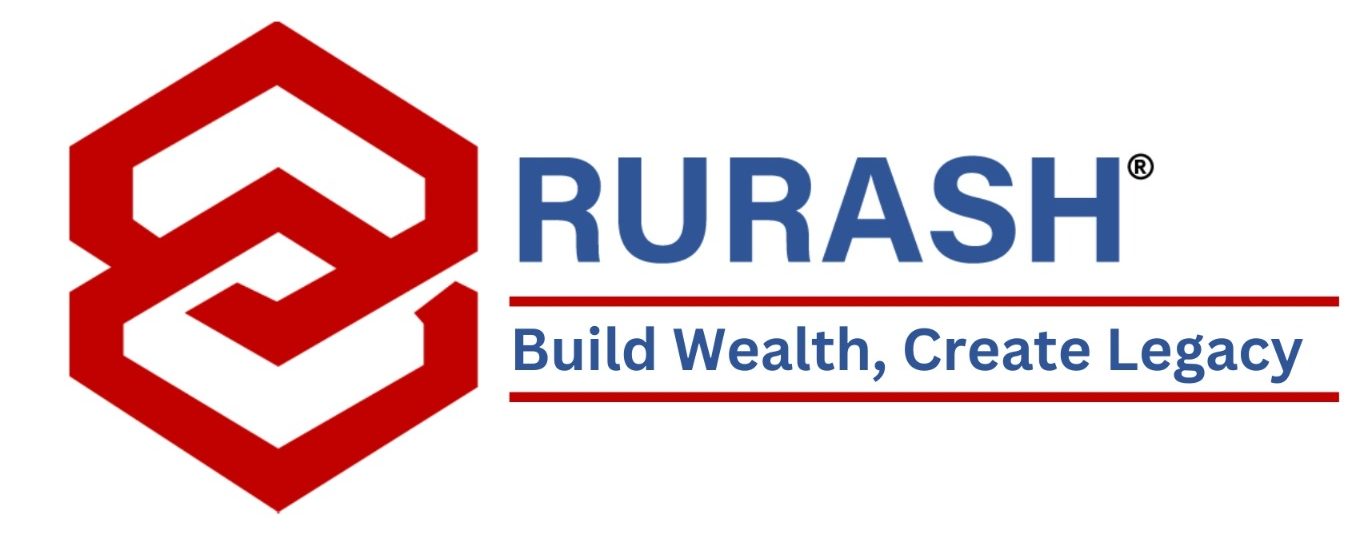Investing in stocks opens doors to wealth accumulation and securing financial futures. Yet, many investors often find themselves in possession of physical share certificates purchased decades ago, which were never converted into demat form. Over time, these paper certificates may get lost or forgotten, representing investments from the past. However, recovering these forgotten assets can unveil hidden value, including appreciating share values and unclaimed dividends.
The Hunt for Lost Certificates: Where to Look
Start by searching for those old share certificates—check financial documents, old files, and even bank locker papers. Ask family members if they have any clues. Getting a duplicate certificate takes time and money, but the potential gains make it worthwhile.
Checking Company Status: Is It Still Around?
Once you find the certificates, check if the company is still in business. If yes, you can convert the shares into a digital form. If the company closes or changes, the recovery journey takes a different path.
Turning Old Paper into Digital Gold: Demat Conversion
For listed companies, submit the certificates to the registrar or broker with a demat request form. After verification, you get digital shares. Keep your contact details updated during this process.
Challenges with Closed Companies: IEPF Claim Steps
If the company is closed, or the shares are transferred to the IEPF, you need to file a claim. It involves submitting specific documents and staying in touch with the authorities. If the original certificates are lost, providing an indemnity is crucial. Keep track of the claim status and persistently follow up.
IEPF as a Safety Net: What You Need to Know
The Investor Education and Protection Fund (IEPF) is like a safety net for unclaimed shares and dividends. It safeguards them until investors claim their rightful amounts. Companies transfer unclaimed assets to the IEPF after a specific period, and investors have 10 years to claim them back.
Steps for Claim Processing: Simple Guide
Understanding timelines is crucial. After 7 years, unclaimed amounts go to the IEPF, and you have an additional 10 years to claim them. The process involves verifying the transfer, filling the IEPF-5 form, attaching necessary documents, and submitting it to the Nodal Officer. The claim is scrutinized, and approved by the IEPF, and the unclaimed amounts are credited to your account.
Considering the legalities, you might want to engage professional agencies to help recover unclaimed assets. They assist in tracing shares, handling paperwork, and ensuring a smoother process.
Common Pitfalls and Success Strategies
? Incomplete or Inaccurate Documentation:
- Pitfall: Providing insufficient or inaccurate documents with the claim form can lead to rejections.
- Strategy: Thoroughly review the documentation requirements. Ensure all necessary papers, including share certificates, identity proofs, and residence proofs, are accurately submitted.
? Mismatched Details:
- Pitfall: Details on the claim form not aligning with the attached documents can result in complications.
- Strategy: Double-check all information on the claim form against the attached documents. Consistency is key to avoiding discrepancies.
? Submission to the Incorrect Nodal Officer:
- Pitfall: Sending the claim to the wrong Nodal Officer or branch can lead to unnecessary delays.
- Strategy: Confirm the correct Nodal Officer for the company from which you are claiming. Submission accuracy ensures a smoother process.
? Failure to Get Documents Duly Attested or Notarized:
- Pitfall: Neglecting to get required documents notarized or attested can lead to claim rejections.
- Strategy: Adhere to the specified guidelines for notarization or self-attestation of documents. Attention to detail is crucial.
? Breach of Statutory Timelines:
- Pitfall: Missing deadlines for claim submissions or responses to additional requests can complicate the process.
- Strategy: Be aware of the statutory timelines at each stage of the claim process. Timely submissions and responses are vital for a smooth settlement.
? Furnishing False Information:
- Pitfall: Providing false or inaccurate information in claim forms can result in rejection.
- Strategy: Ensure honesty and accuracy in all provided information. Transparency builds a strong foundation for successful claims.
? Lack of Legal Ownership Proof:
- Pitfall: Inability to prove legal ownership of claimed benefits satisfactorily during verification can lead to setbacks.
- Strategy: Keep all relevant ownership proofs, such as nominee details or legal heir certificates, ready for submission. Clear proof minimizes verification challenges.
Successfully navigating the IEPF claim process requires a combination of careful attention to detail, adherence to guidelines, and proactive engagement. By steering clear of common pitfalls and adopting effective strategies, investors can increase their chances of a smooth and successful claims settlement, ultimately unlocking the hidden value of their forgotten investments.
With Rurash Financials, reclaiming your IEPF unclaimed shares is a breeze with our expert team. From filing paperwork to navigating intricate formalities, we ensure a swift and efficient process. Trust us to guide you seamlessly, ensuring your claim is processed promptly.

